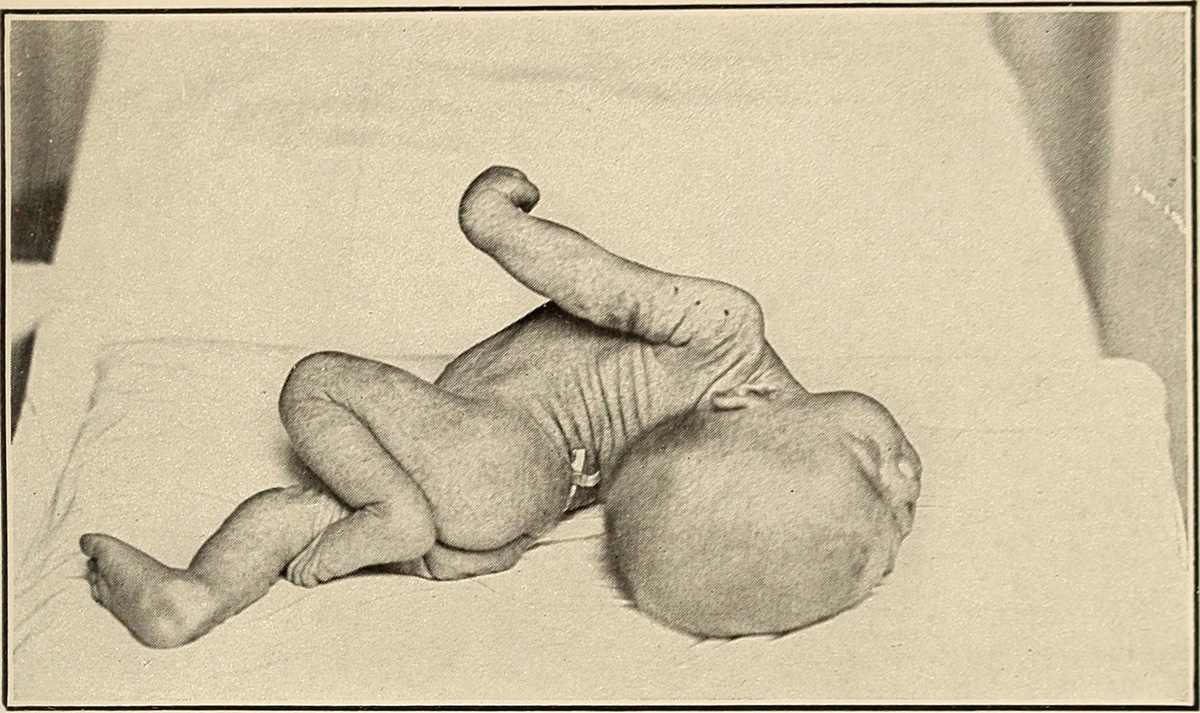
Spinal Meningitis
In this text, we will talk about a problem of meningitis, cerebrospinal fluid of the brain, and the spinal cord inflammation and infection. This problem is commonly created by the effect of fungus, viral and bacterial infection. As most know, the membrane covering the spinal cord and the brain is called meningitis. When the problem of the cerebrospinal fluid infection is present but untreated, nerve cells may become damaged and lead to the creation of bleeding in the brain and neurological problems.
Causes
Purulent meningitis is a problem produced by the bacterial infection, while aseptic meningitis is the name for a non-bacterial form of the problem. The Neisseria meningitides is one of the biggest culprits for the bacterial meningitis. One of the most common creators of the spinal meningitis among infants is the haemophilus influenza type b bacteria, while pneumococcus and streptococcuspneumoniae are causes of the problem among the adults. These problems can sometimes cause brain damage, but they are generally very rare. The upper respiratory tract infection can be created due to the bacteria and this can lead to the problems with the brain if the bacteria reach it by the bloodstream. Viral meningitis is a less serious problem and it is the most common form of spinal meningitis. Gungal meningitis is a problem produced by the effect of fungus, but this problem attacks a bit more frequently those with the weak immune system. Also, spinal meningitis can be removed on its own.
Symptoms
Spinal meningitis can produce seizures, fatigue, muscle spasms, rapid breathing, joint pain, drowsiness, light sensitivity, confusion, vomiting, stiff neck, nausea, headache and high fever. Symptoms that are developed by infants with spinal meningitis are whimpering, lethargy, bulging fontanelle, arching back, eating reluctantly, high pitched crying andirritability.
Treatment
Lumbar puncture procedure is usually used for diagnosing the spinal meningitis problem. The sample of cerebrospinal fluid has to be given for the procedure. Bacterial culture, CT scan and chest X-ray are some of the tests that can be used for diagnosing the problem. If a person has a more serious problem, intravenous fluid must be administered and hospital stay is obligatory. Antibiotics are the most common way of treating bacterial meningitis, but the exact type that will be used depends on every case. Symptoms can be controlled with the use of some medications. Viral meningitis is a problem that cannot be treated with antibiotics. This problem requires no medications and it goes away on its own in two or three weeks. You can also take vaccines for the meningitis.


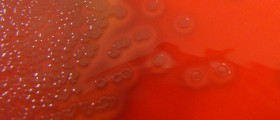
_f_280x120.jpg)
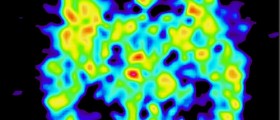
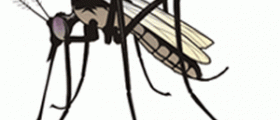

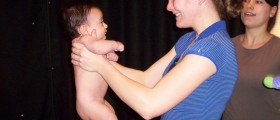

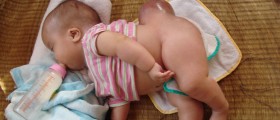




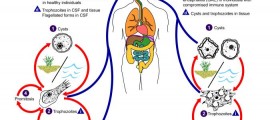


Your thoughts on this
Loading...